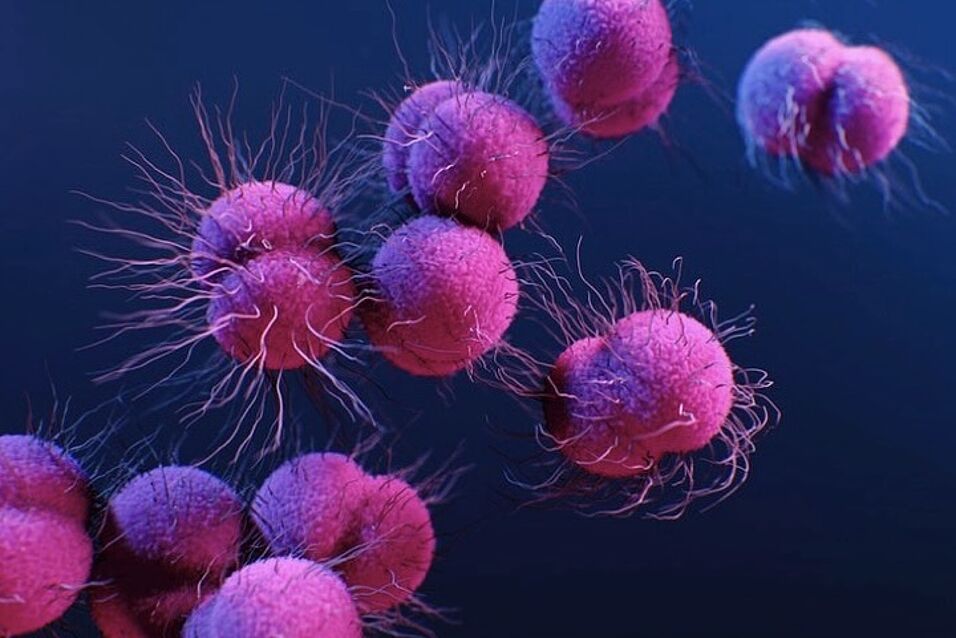This has led to intriguing insights into changes in the microbiome associated with many factors such as diet, time, and health state. The next outstanding challenge is to unravel the diverse activities and interactions that together define the function of the gut microbiota. This understanding is a critical step in developing predictive models and rational therapeutic interventions to modify microbiota composition and activity. To accomplish this important and difficult task, new tools that are ideally suited to probing microbiome function must be developed and applied to complement current sequencing-based approaches as well as reductionist model systems (e.g. gnotobiotic mouse models).
Generally, microbial communities are composed of organisms with diverse metabolic capacities and engaged in a network of cooperative and competitive interactions. These various activities and interactions, taken together, produce overall community processes. The diverse activities and interactions can be pictured as a functional network linking organisms and their abiotic environment. A functional network is conceived of as a set of microorganisms whose activity is affected by one another as well as by environmental parameters. Interactions in a functional network may be based on microbial “food webs” such as cooperative complex compound degradation or cross-feeding, but may also be due to other non-substrate-based interactions such as bacteriocin production.
Given that diverse interaction mechanisms and potential interaction partners exist, the functional network can be considered a fundamental unit in microbial communities. Because the structure of the network determines the community structure and function, it is only possible elucidate real functional networks by directly studying native communities. Some tools are already available for minimally invasive in situ analysis. Identification of microorganisms that utilize particular substrates in situ can been performed by amending a sample with a 13C labeled variant of the substrate of interest followed by RNA stable isotope probing (SIP), which allows one to separate labeled RNA from unlabeled RNA and thereby identify which cells have utilized the added substrate. This elegant yet underused approach has been applied to identify inulin utilizers in the rat colon as well as starch utilizers in the human intestine, and has the potential to reveal many more niches in the gut microbiome if performed comprehensively.
Certain species in ecological networks, called keystone species, are thought to play a major role in shaping functional network composition and function. A keystone species is defined here as a species that has a large effect on its environment and the rest of the microbial community. For example, among gut microbes, a candidate keystone species, Ruminococcus bromii, has been identified for the process of starch degradation. This suggests that keystones may be an important characteristic of gut microbial communities, but the diversity and extent of keystone species in vivo is not known. Keystone species are naturally a vital component of functional networks and are therefore ideal targets for the rational manipulation of the structure and function of the gut microbiota.
In this project we seek to apply state-of-the-art tools, including approaches that recently developed in our lab, to elucidate functional networks in gut microbial communities in situ in order to better understand, and rationally manipulate, microbiota composition and function.



